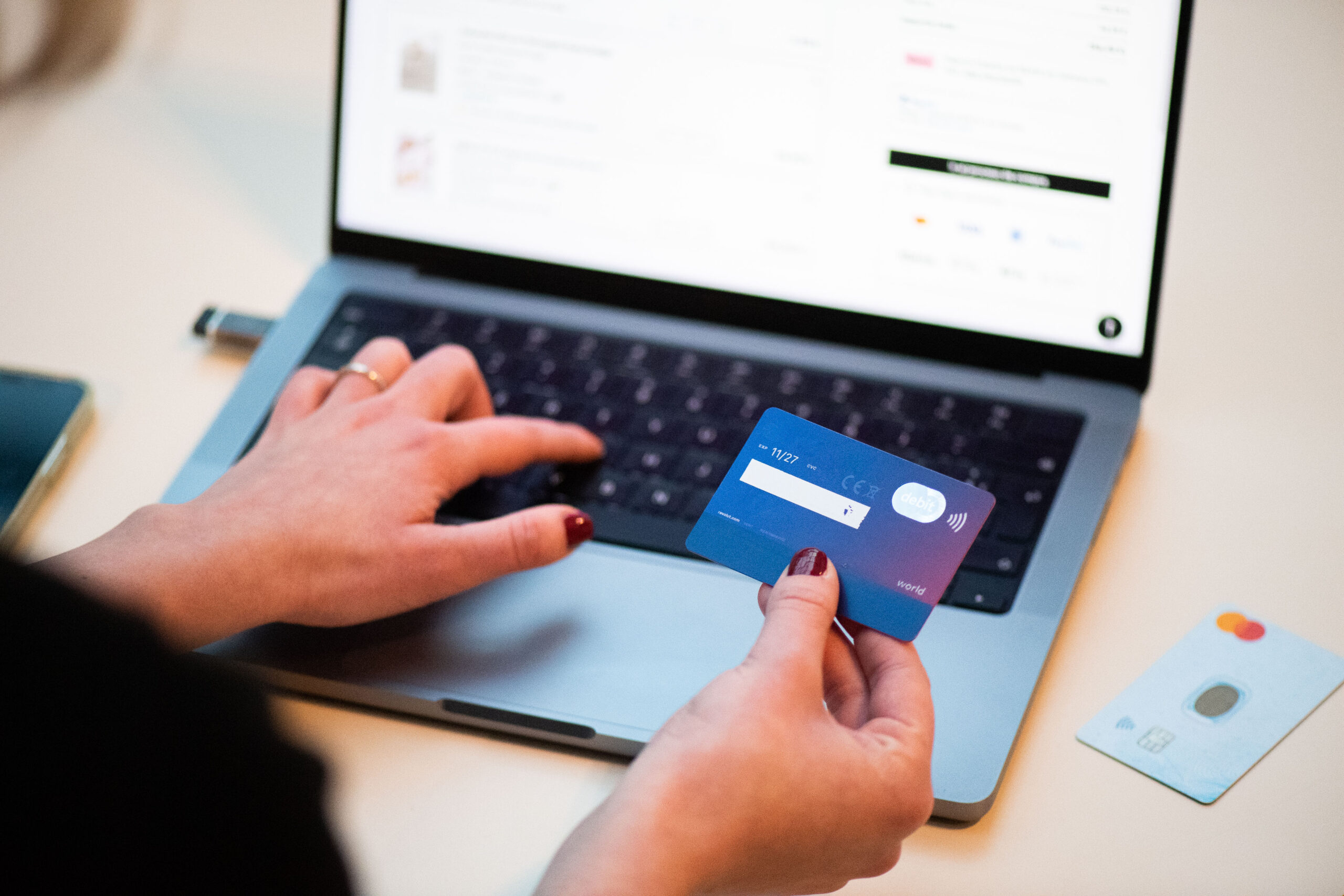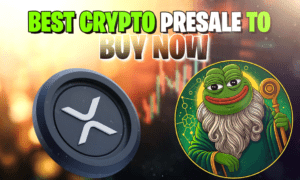Think you’re just casually shopping online? More than likely you’ve actually been falling for the trappings of online marketplaces without even realizing it. If you have the Amazon, Walmart, or Target app on your phone, you’re contributing to the Marketplace’s rise.
A marketplace is an online platform that connects multiple sellers with buyers, offering a wide variety of products without owning inventory itself. Unlike a traditional brand-owned webshop (like Nike.com or Apple’s website), a marketplace allows third-party sellers, big brands, and small businesses alike to list and sell their products in one central location.
Not sure if you’re shopping on a marketplace? If you see the same product listed by multiple sellers at different prices, or if a product lists a third party seller’s name, you’re in a marketplace. If you’ve ever gone to buy just one thing and ended up with a cart full of mystery Amazon finds or a Walmart haul that wasn’t on your shopping list, you are the exact type of shopper these marketplaces want to target.
Online shopping has evolved from a simple convenience to an addictive pastime, especially in the U.S., where a staggering 66% of shoppers make unplanned purchases on marketplaces. Meanwhile, their European counterparts take a more measured approach, treating online shopping as a necessity rather than a digital treasure hunt. This shift in consumer behavior, highlighted in ChannelEngine’s Marketplace Shopping Behavior Report for 2025, reveals the growing power of marketplaces and how brands must adapt to this retail revolution.
Marketplaces are the new digital playground for Shoppers
Marketplaces have overtaken traditional ecommerce sites as the starting point for 47% of online shoppers, replacing search engines like Google in product discovery. The convenience, competitive pricing, and sheer variety available on shopping platforms have made them the go-to choice for consumers across the globe.
For 63% of shoppers, marketplaces are preferable to brand-owned webshops, thanks to their superior selection and deals. The US has even embraced marketplaces as entertainment hubs, with nearly 59% of consumers browsing just for fun and many ultimately ending up spontaneously spending.
Impulse Shopping Showdown: U.S. vs. Europe—Who’s Clicking ‘Buy Now’ Faster?
While impulse buying is a global trend, the U.S. leads with 66% of shoppers admitting to making unplanned purchases, compared to a more restrained 56% globally. What’s driving this behavior?
- Gamified Shopping & FOMO Tactics – Flash sales, lightning deals, and countdown timers fuel urgency and drive impulse purchases.
- AI-Powered Personalization – Marketplaces use sophisticated algorithms to suggest products based on browsing history, making it hard for shoppers to resist.
- Shopping as Entertainment – The rise of TikTok Shop, Instagram Shopping, and other social commerce platforms has turned the most addictive parts of our phones into buying opportunities.
European shoppers, on the other hand, tend to be more price-conscious and intentional, treating marketplaces as functional shopping destinations rather than digital amusement parks.
Can retailers get back in the marketplace game?
With impulse shopping on the rise and marketplaces dominating consumer habits, brands must rethink their ecommerce strategies. As ChannelEngine’s report states, “Marketplaces have become a trusted hub for selection, convenience, and perceived value—something brands and retailers can’t afford to ignore.” To stay competitive in this rapidly evolving landscape, retailers need to adopt a marketplace-first strategy:
- Optimize for Marketplace Discovery – Investing in SEO, high-quality images, and AI-driven recommendations ensures visibility in competitive marketplaces.
- Leverage Urgency & Gamification – Limited-time offers, exclusive bundles, and dynamic pricing can encourage shoppers to buy on impulse.
- Embrace Social Commerce – Platforms like TikTok Shop and Instagram Shopping offer seamless integration with marketplace listings, tapping into entertainment-driven purchases.
- Use AI for Personalization – AI-powered recommendations and chatbot assistance can guide shoppers toward purchases they didn’t even know they needed.
By embracing these strategies, brands can not only survive but thrive in a world where shoppers are browsing marketplaces not just for what they need—but for what they didn’t know they needed.
Marketplaces have turned shopping into an always-on, impulse-driven, AI-curated experience, making everyone just one flash sale away from buying something we didn’t need.
For retailers, the message is clear: embrace innovation, automation, and personalization—or risk getting left in the past. The brands that master AI-powered recommendations, seamless marketplace integration, and next-level shopping experiences will control the hearts and wallets of tomorrow’s shoppers.




































